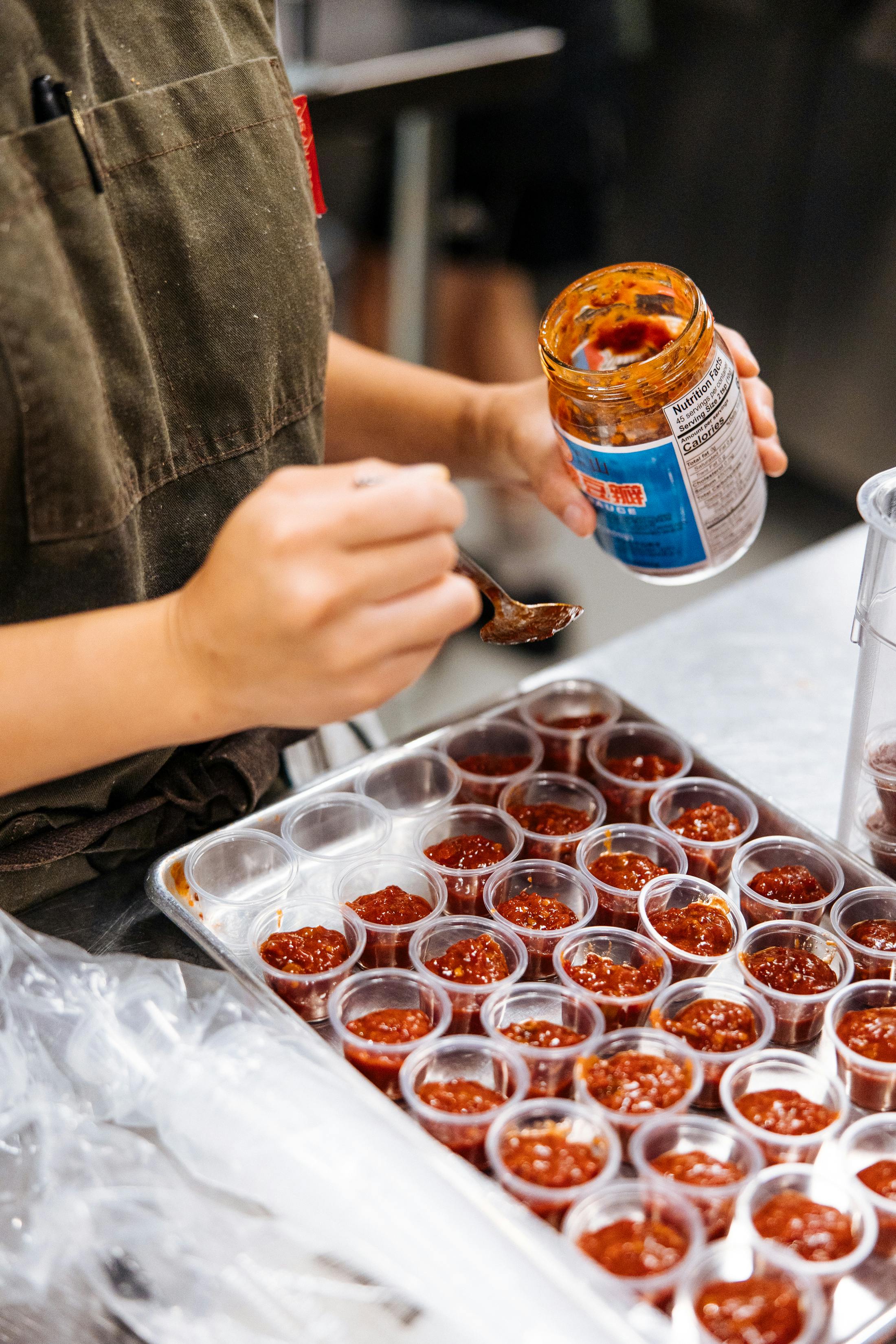Designing and building a food processing plant is a complex but essential task for companies in the food and beverage industry. Whether you are producing shelf-stable goods or temperature-sensitive products, understanding the critical elements of plant design, construction, and compliance is key to creating an efficient and sustainable facility. Here, we outline the major considerations for building a food processing plant in Australia.
1. Establish key requirements
The requirements for a food processing plant will depend on the specific products you produce, but some elements are universally important:
- Refrigeration: Essential for preserving both raw materials and finished products. Assess whether your facility needs chilled, frozen, or ambient storage.
- HVAC systems: Proper climate control maintains product quality and adheres to Australian health and safety regulations.
- Processing equipment: Design the layout around the machinery needed for preparation, cooking, and preservation.
- Packaging and shipping: Allocate sufficient space for packaging operations, shipping, and storage of materials.
2. Site selection
Choosing the right location is critical for operational success and regulatory compliance in Australia.
Key considerations include:
- Accessibility: Ensure the site has a well-developed infrastructure for trucks and machinery. Proximity to transport hubs like ports or rail is a bonus.
- Utilities: Food processing plants require utilities such as water, steam, electricity, and effluent treatment. Verify availability and costs in your chosen area.
- Zoning laws: Check local council regulations and environmental requirements to ensure the site is suitable for food production.
- Future expansion: Select a site with room to grow as production demands increase.
3. Design the physical structure
Building materials
Australian food processing facilities commonly use insulated metal panels or steel-framed structures, as these are durable and cost-effective. For facilities in warmer regions, consider advanced roofing designs that reflect heat to maintain internal temperatures.
Layout and flow
Efficient workflow is vital for maintaining productivity and minimising contamination risks. Arrange equipment and spaces to follow the logical sequence of food processing, from raw material handling to packaging.
Flooring
Invest in industrial-grade flooring that is easy to clean and resistant to wear. Consider vinyl or epoxy coatings for areas exposed to water or chemicals and concrete for storage or shipping zones.
4. Sanitation and safety
Compliance with Australia’s stringent food safety regulations is non-negotiable.
Incorporate the following:
- Sanitation systems: Install washdown stations near equipment and slope floors toward drains to simplify cleaning.
- Contamination control: Use physical barriers and ventilation systems to separate raw and finished product zones. Maintain strict hygiene protocols for staff and equipment.
- Pest control: Include measures like sealed doors, windows, and proper waste management to deter pests.
5. Employee amenities
To retain staff and meet workplace health and safety standards, your plant should include:
- Adequate restrooms, break rooms, and hydration stations.
- Designated training areas for onboarding and upskilling employees.
- Parking facilities for workers and visitors.
6. Sustainability and efficiency
Sustainability is increasingly important in the Australian food industry. Implementing eco-friendly practices can reduce operational costs and improve public perception.
- Energy efficiency: Group refrigerated areas to minimise utility costs and consider installing rooftop solar panels to offset energy use.
- Water conservation: Use water-efficient technologies for cleaning and processing.
- Waste management: Incorporate systems for treating effluent and reducing landfill contributions.
7. Regulatory compliance
Australian food processing plants must comply with standards set by authoritative bodies like Food Standards Australia New Zealand (FSANZ).
During the design phase, ensure your facility adheres to:
- Food safety and hygiene standards.
- Environmental impact requirements.
- Worker safety and industrial standards.
8. Partner with industry experts
Construction of a food processing plant is a significant investment. To streamline the process and avoid costly mistakes, collaborate with professionals experienced in food facility design.
Bring your food processing vision to life with ChefCollective
At ChefCollective, we specialise in designing and building high-performance commercial and industrial kitchen facilities designed to meet your unique needs and available for lease. Let us handle the intricate details so you can focus on expanding your business.
Visit ChefCollective today and let our team help you bring your vision to life!
